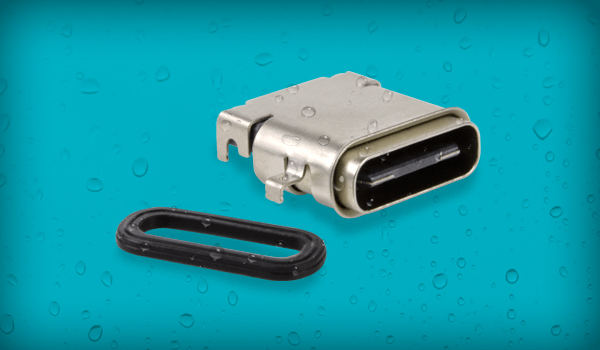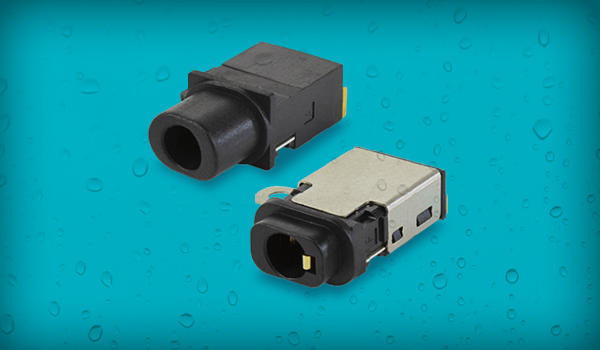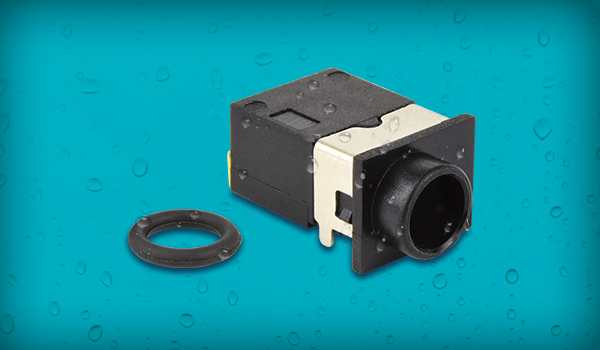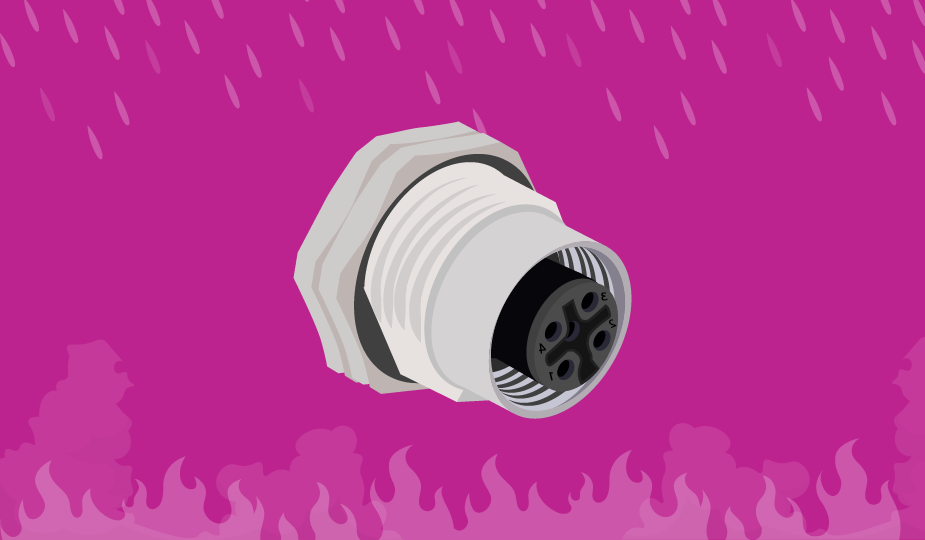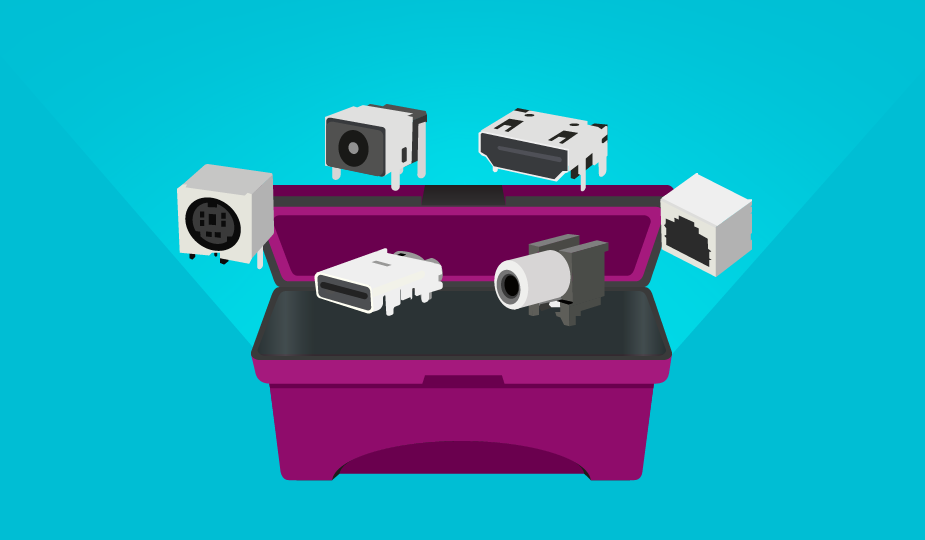The Basics of IP Ratings and IP Rated Connectors
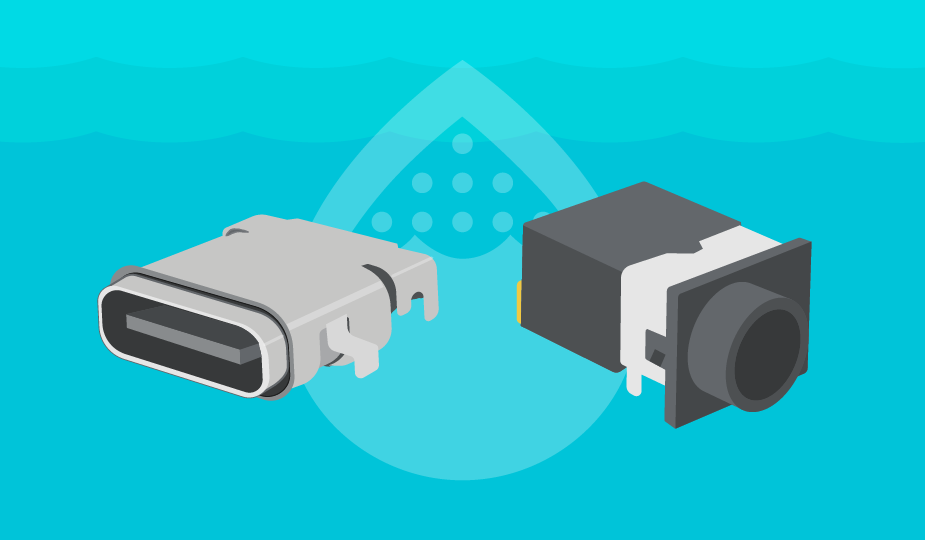
Everybody knows someone who has accidentally spilled liquid on their smartphone or dropped the device in water. Studies suggest that about 20% of phones may suffer this fate, with some models now built to resist immersion in shallow water for short periods of time.
Demand is growing for new types of portable and wearable electronics and many of these devices (along with IoT devices such as outdoor environmental sensors and industrial process monitors) need protection against unintentional or unavoidable contact with moisture. Risks include exposure to rainwater, liquid splashes, or even full immersion for indeterminate periods. Ingress of dust or particles may also prevent correct operation and compromise reliability.
Effective protection against these hazards needs to be designed-in at an early stage. Potential entry points for moisture or particles include the seams or joins of the enclosure and any exposed connection points for attaching cables or external devices. When choosing the enclosure and connectors, designers can assess the extent of the protection provided by looking at the stated Ingress Protection (IP) rating.
What is IP Rating?
IP rating codes are internationally recognized and follow a standardized scale defined in IEC 60529 and its national or regional equivalents such as ANSI 60529 in the US and EN 60529 in Europe. The code contains the IP prefix followed by two numbers. The first number describes resistance to ingress of solids such as dust or other small particles, while the second number expresses protection against liquids.
IP67 = Solids Rating (First Number)
IP67 = Liquids Rating (Second Number)
Basic breakdown of IP rating classifications
How are the IP Rating Numbers Defined?
The following table describes the extent of the ingress protection implied by each number. For example, IP67 rated means the part is dust tight and will survive full immersion in water up to 1 meter deep for up to 30 minutes.
| Protection Level | Solids Rating (First Number) | Liquids Rating (Second Number) |
|---|---|---|
| 0 or X | Not rated for protection against contact or ingress (or no rating supplied). | Not rated (or no rating supplied) for protection against ingress of this type. |
| 1 | Protection against solid objects larger than 50 mm (e.g. accidental contact with any large surface of the body, but not deliberate body contact). | Protection against vertically dripping water. No harmful effects when the item is upright. |
| 2 | Protection against solid objects larger than 12 mm (e.g. accidental finger contact). | Protection against vertically dripping water. No harmful effects when tilted up to 15° from normal position. |
| 3 | Protection against solid objects larger than 2.5 mm (e.g. tools). | Protection against water sprayed directly at any angle up to 60° off vertical. |
| 4 | Protection against solid objects larger than 1 mm (e.g. small objects such as nails, screws, insects). | Protection against splashing water from any direction. No harmful effects when tested for at least 10 minutes with an oscillating spray (limited ingress permitted). |
| 5 | Dust protected: partial protection against dust and other particulates (permitted ingress will not compromise the performance of internal components). | Protection against low-pressure jets. No harmful effects when water projected in jets from 6.3 mm nozzle, from any direction. |
| 6 | Dust tight: full protection against dust and other particulates. | Protection against powerful water jets. No harmful effects when water projected in jets from 12.5 mm nozzle, from any direction. |
| 7 | N/A | Protection against full immersion at up to 1 meter depth for up to 30 minutes. Limited ingress permitted with no harmful effects. |
| 8 | N/A | Protection against immersion beyond 1 meter. Equipment is suitable for continuous immersion in water. The manufacturer may specify conditions. |
Choosing IP Rated Connectors
When choosing components such as exposed external connectors that could allow water or particles to enter the equipment, selected parts should have a high enough IP rating to provide the required minimum protection based on the application's intended use.
Some applications may require the combination of a connector and plug that are sealed when mated. These are often needed for industrial cable-to-cable connections used to link controllers or modules in environments where penetrating dust or moisture can disrupt signals, corrode contacts, or damage components such as transmitters or power sources. These fully sealed cable connections can resist water ingress even if exposed to high-pressure water – for example if nearby equipment is cleaned with a pressure washer – or if they become fully immersed.
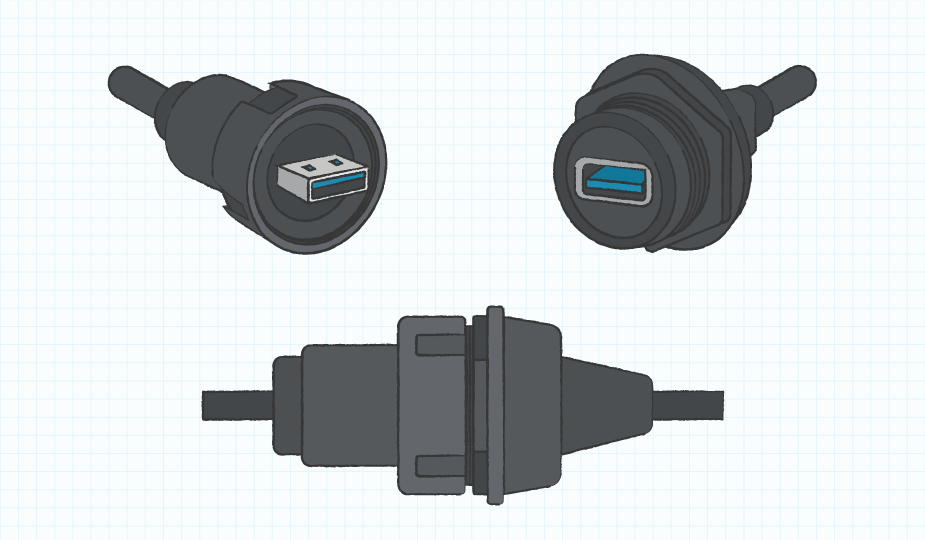
On the other hand, where a device has external ports such as a micro USB port, headphone socket, or dc power input, IP rated connectors may be needed to protect internal circuitry when no external cables or equipment are connected. A high enough IP rating enables designers to ensure their device enclosure is fully sealed and protected against dirt and moisture. This type of usage is more prevalent than those that require permanent waterproofing when mated and is expanding much faster thanks to the rapidly growing market demands for portable devices.
It is important to note that connectors, which are independently IP rated, are not designed to remain waterproof when a plug is inserted, even if the plug is IP rated as well. An additional locking and sealing mechanism would be required to provide the necessary ingress protection at the interface between the plug and receptacle, similar to the screw terminal interface shown in the image above.
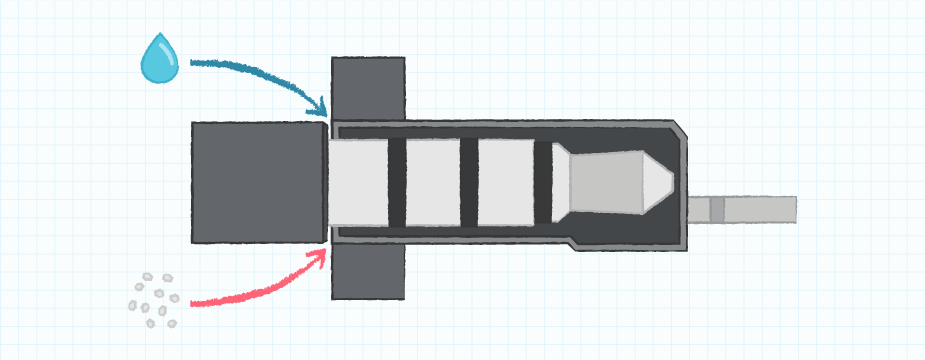
CUI Devices' IP Rated Connectors
CUI Devices has a portfolio of IP67 or IP68 rated connectors including USB Micro B and Type C receptacles that conform to a variety of USB standards, as well as right-angle 3.5 mm audio jacks and 3.5 A and 5 A dc power jacks dc power jacks in 1.3 mm, 2.0 mm and 2.5 mm sizes. All are IP67 or IP68 rated, and so will prevent dust and high-pressure water from passing through to the device in an unconnected state. Sealing is typically achieved using rubber parts such as a custom-shaped gasket or o-ring positioned to provide effective sealing. The image below shows the o-ring fitment on a CUI Devices dc power jack and USB receptacle.
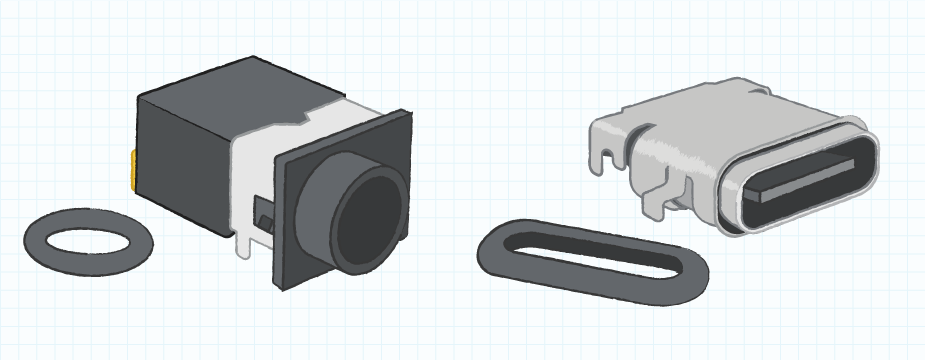
The growing use of portable devices has led to the need for more rugged products and components. CUI Devices' IP rated USB receptacle connectors as well as audio and dc power jacks provide extra protection from dust and moisture, giving designers added flexibility in applications that must remain sealed from outside contaminants.
